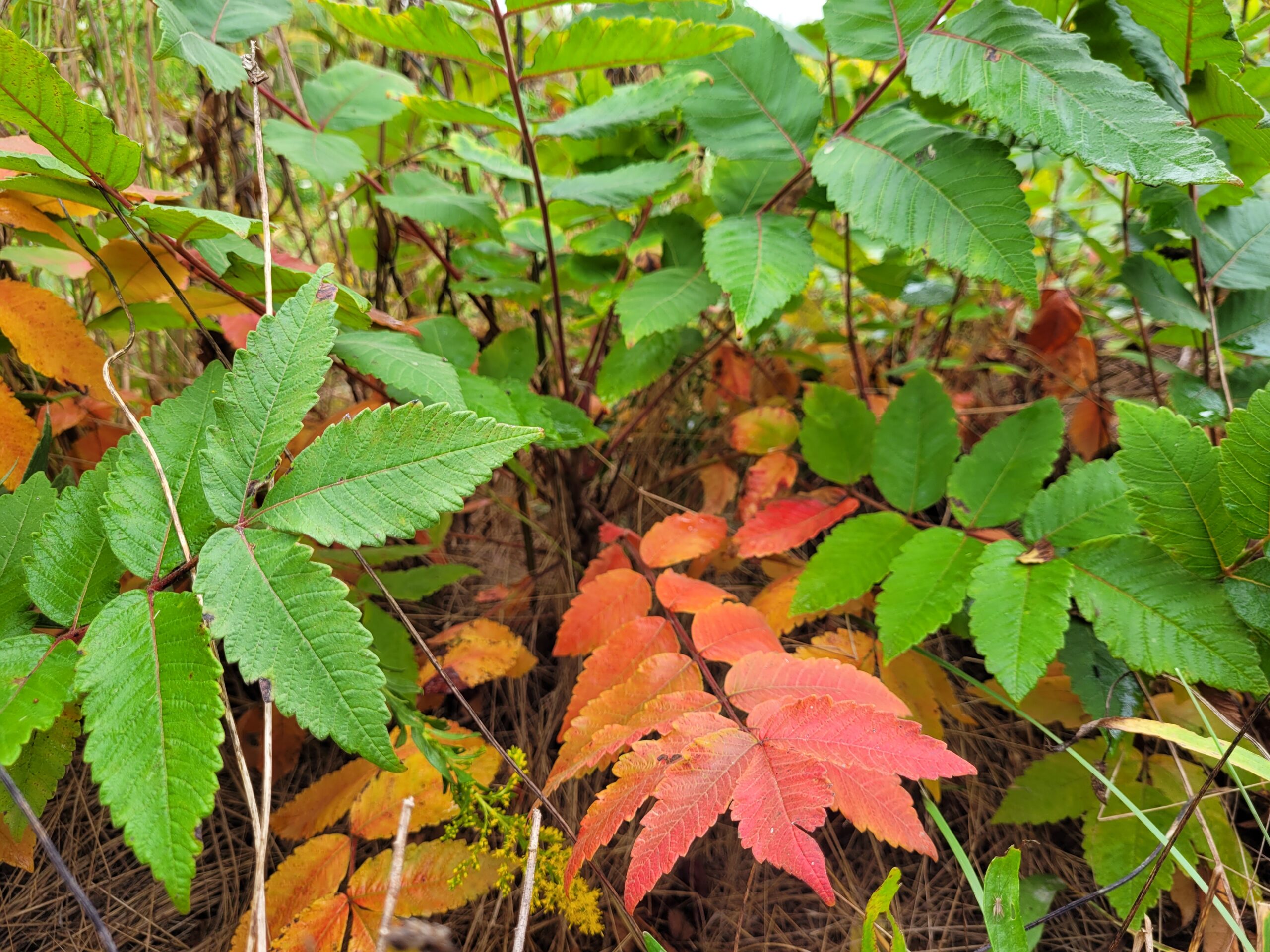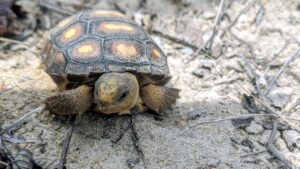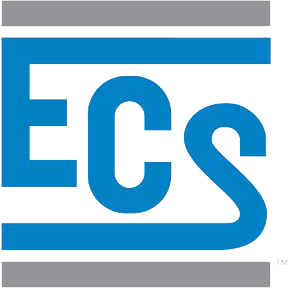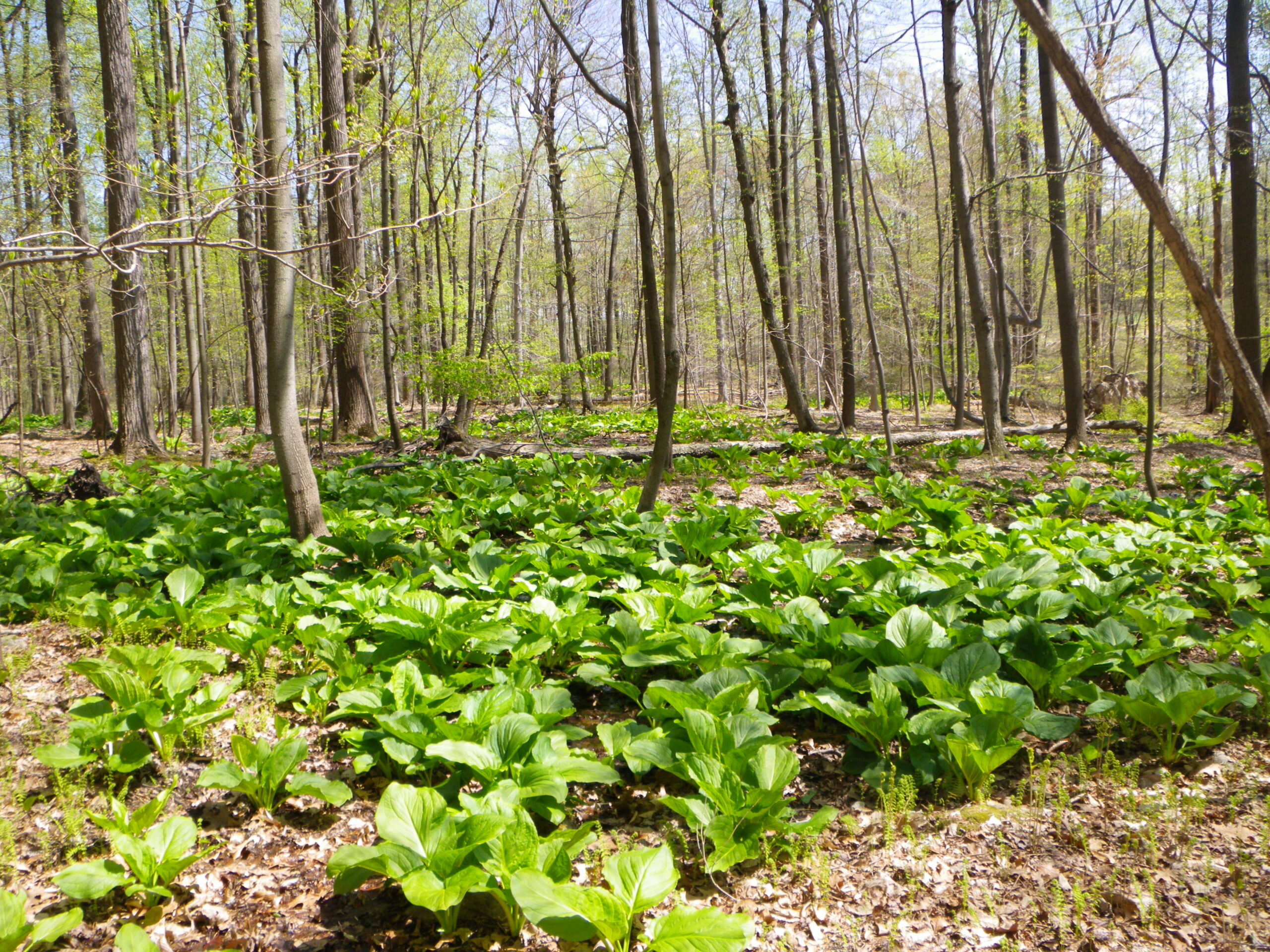Prior to permitting and land development, natural and historic resources should be identified and documented by a biologist or cultural resource specialist to determine possible limitations within the project site. Identifying potential issues early in the planning process saves time and money and avoids potential regulatory hurdles along the project timeline.
Threatened and Endangered Species and Historic Resources Coordination

Reducing Risk for and Managing Endangered Species and Historic Resources
Prior to permitting and land development, natural and historic resources should be identified and documented by a biologist or cultural resource specialist to determine possible limitations within the project site. Identifying potential issues early in the planning process saves time and money and avoids potential regulatory hurdles along the project timeline.

Why ECS for threatened and endangered species and historic resources coordination services
Documentation opportunities include threatened and endangered species and other unique habitats, as well as cultural resources such as historic structures and archaeological artifacts. ECS’ professionals have the expertise necessary to adeptly screen your project site for potential resources and then navigate the associated regulatory hurdles to keep development projects on track.
Examples of ECS resource coordination services include:
- Preliminary threatened and endangered species determinations
- Endangered species habitat and impact assessments
- Rare plant surveys
- Preliminary cultural resource determinations
- Archaeological and historic resource surveys
- Cemetery delineations
- Regulatory agency coordination and clearances
- Mitigation planning and implementation
Niche species services include, but are not limited to:

- Phase I and II bog turtle surveys
- Gopher tortoise (Gopherus polyphemus) surveying, permitting and relocation of burrows
- Florida burrowing owl (Athene cunicularia floridana) permitting and take of burrows
- Northern crested caracara (Caracara cheriway) monitoring
- Indiana bat (Myotis sodalis) and northern long-eared bat (Myotis septentrionalis) surveys and consultation
- Karner blue butterfly (Lycaeides melissa samuelis) surveys
- Carolina heelsplitter (Lasmigona decorate) surveys
- Marine Endangered Species Observations (MESO) for turtles, fish, marine mammals and seabirds

